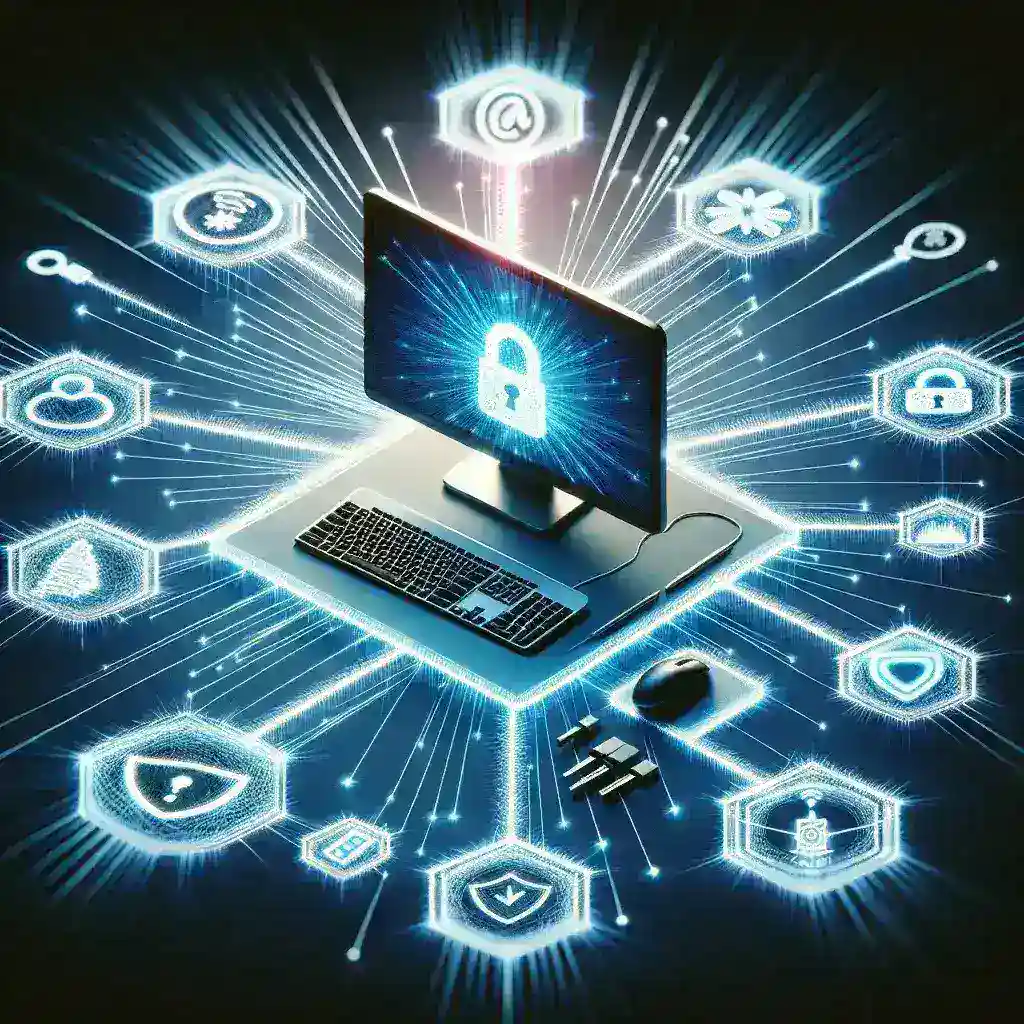In today\’s digital world, securing your computer is more critical than ever. With the rise of cyber threats such as malware, ransomware, and phishing attacks, taking robust security measures is essential. This article aims to provide you with the best practices for securing your computer to protect your personal and professional data from unauthorized access.
1. Keep Your Software Up-to-date
One of the simplest yet most effective practices for securing your computer is keeping all software up-to-date. This includes your operating system, browsers, and any installed applications. Software updates often include security patches that fix vulnerabilities hackers can exploit.
2. Use Strong Passwords and a Password Manager
2.1 Create Strong Passwords
A strong password should be at least 12 characters long and include a mix of letters, numbers, and special characters. Avoid using easily guessable information like your name, birthdate, or common words.
2.2 Use a Password Manager
Managing multiple strong passwords can be challenging. A password manager can securely store your passwords and automatically fill them in for you.
3. Enable Two-Factor Authentication (2FA)
Two-factor authentication adds an extra layer of security by requiring a second form of identification in addition to your password. This could include a text message code, an email verification, or an authentication app.
4. Install Antivirus and Anti-malware Software
Antivirus and anti-malware software can detect, quarantine, and remove malicious software from your computer. Make sure to keep the software updated for the best protection.
5. Use a Firewall
A firewall monitors incoming and outgoing network traffic and blocks unauthorized access to your computer. Most operating systems come with a built-in firewall; make sure it\’s enabled.
6. Secure Your Network
6.1 Use a Strong Wi-Fi Password
Ensure your Wi-Fi network is secured with a strong password and WPA3 encryption.
6.2 Disable WPS
Wi-Fi Protected Setup (WPS) is a convenient feature but can make your network vulnerable. It\’s best to disable it.
7. Be Cautious with Email and Web Links
- Do not open emails from unknown senders
- Hover over links to check their destination before clicking
- Be wary of attachments from unknown sources
8. Back Up Your Data Regularly
Regular backups can save your important data in case of a cyber attack. Use both cloud storage and external hard drives for redundancy.
9. Limit User Permissions
Grant administrative rights only to trusted users. Regular accounts should have limited permissions to reduce the risk of accidental or malicious changes to the system.
10. Secure Your Social Media Accounts
Regularly review your privacy settings and be cautious about the information you share online. Cybercriminals can use your social media information for phishing attacks or identity theft.
11. Use Encryption
Encrypt sensitive files and data to add an extra layer of security. Even if a hacker gains access to your encrypted data, they will not be able to read it without the encryption key.
12. Monitor Your Accounts
- Check for suspicious activity regularly
- Set up alerts for unusual logins or transactions
13. Educate Yourself About Cybersecurity
Stay informed about the latest cybersecurity threats and best practices. Awareness is one of the best defenses against cyber threats.
14. Safe Browsing Habits
- Avoid visiting suspicious websites
- Use browser extensions that block ads and trackers
- Enable secure browsing settings on your browser
By implementing these best practices, you can significantly enhance your computer\’s security and protect your valuable data from potential cyber threats.

